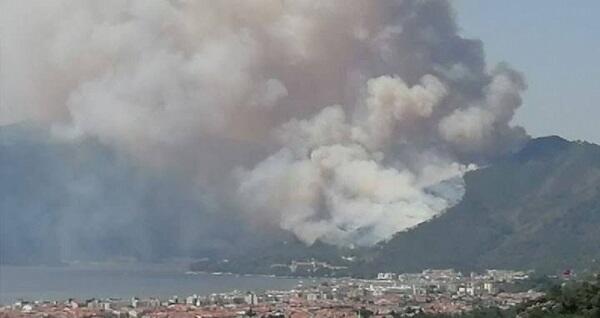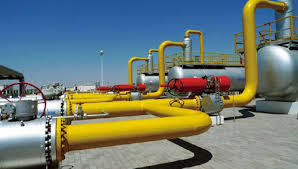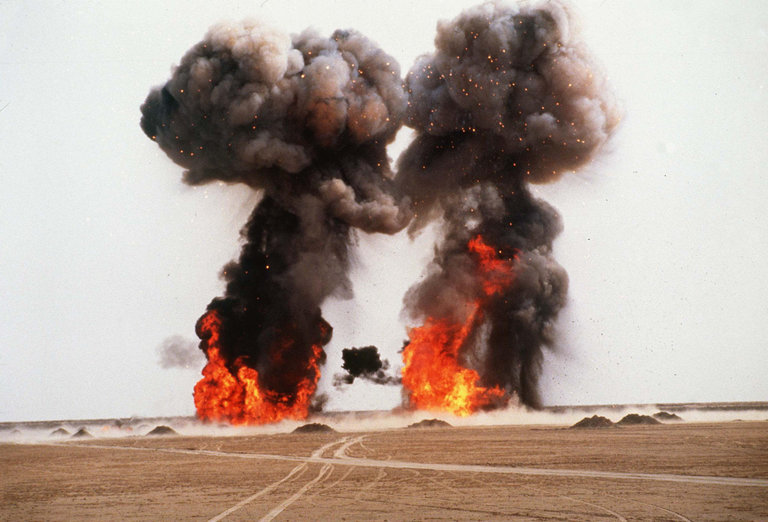The victims of a bombing in northern Syria this week were exposed to sarin, a banned but easily manufactured poison that has been widely used in chemical weapons, Turkish officials who conducted autopsies on the victims said on Thursday.
What is sarin?
Sarin is a nerve agent, one of a class of chemical weapons that affect the brain’s ability to communicate with the body’s organs through the nervous system. It is a colorless, tasteless, odorless liquid that was first synthesized in Germany in 1938 as a potential pesticide.
Sarin is considered “the most volatile of the nerve agents,” according to the Centers for Disease Control and Prevention. “This means it can easily and quickly evaporate from a liquid into a vapor and spread into the environment.”
Sarin vapor does not last long, but it can be deadly if inhaled. Contact with sarin liquid on exposed surfaces, in food, or in water can also be fatal. Its effects may strike quickly or be delayed after exposure.
How does it work?
All nerve agents belong to a class of organic compounds that contain phosphorus, and work in essentially the same way, by inhibiting the action of a crucial enzyme in the body that allows muscles and organs to contract. Without the enzyme’s action, the muscles and organs are constantly stimulated and stop working properly; asphyxiation soon follows.
How is it weaponized?
Sarin is dangerous to handle and has a short shelf life, so it is usually stored in the form of two separate precursor compounds that will produce sarin when mixed together.
On the battlefield, sarin and other nerve agents can be used against targets by spraying them as a liquid or an aerosol. Chemical bombs are designed to spray out the liquid on detonation. The Syrian government is believed to have used such a bomb this week in Idlib Province.
The United Nations Chemical Convention, which bans the use of sarin in war, went into effect in 1997. The Syrian government agreed in 2013 to destroy its chemical weapons stockpile, including sarin.
How toxic is it?
According to the United States military, sarin is 81 times as toxic as cyanide and 543 times as toxic as chlorine, which has been used in Syria as a chemical weapon. Chlorine has legitimate commercial uses and is not banned.
What are the symptoms of exposure?
Symptoms of exposure may include the pupils of the eyes shrinking to pinpoints, rapid breathing, vomiting, convulsions, paralysis and respiratory failure. Swift medical attention can reverse the effects of low levels of exposure.













































